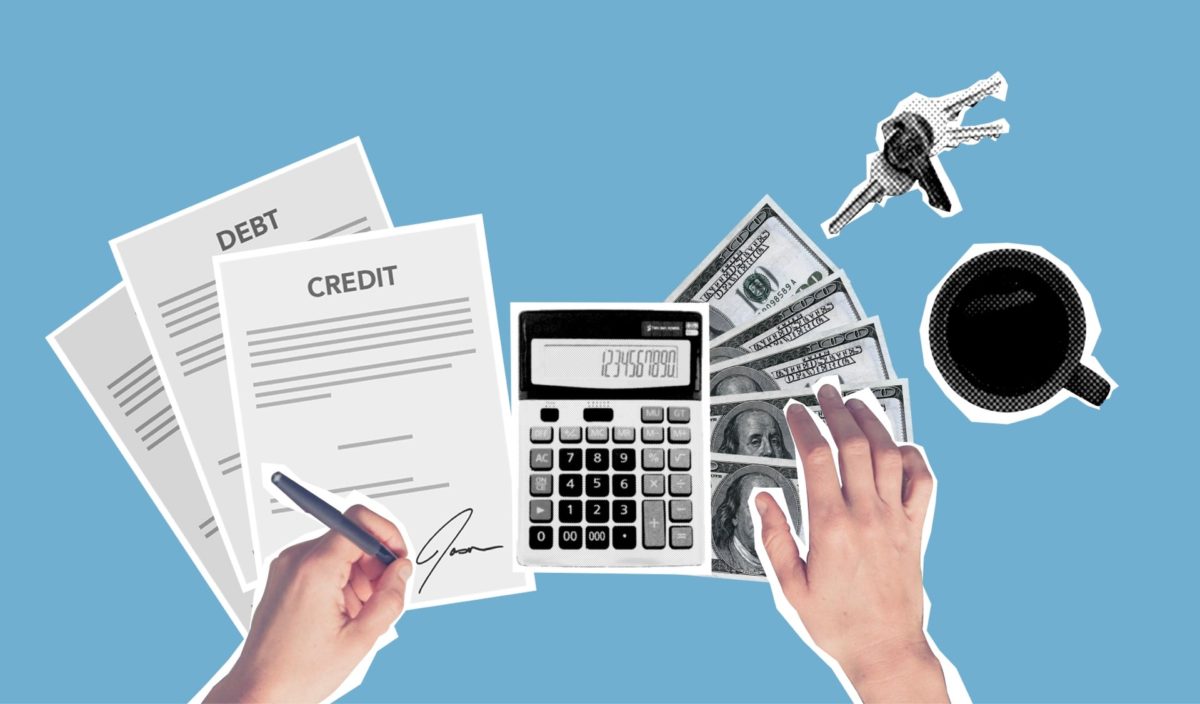Biden Housing Plans Include Down Payment Help
It’s hard to afford a house if you’re a first-time buyer. The Biden administration has a plan for that: giving first-timers up to $15,000 to apply toward a down payment. Frustrated would-be homeowners might favor that proposed solution. But it almost surely would drive house prices even higher.
The proposed First Down Payment Tax Credit is one of many housing-related proposals that Biden campaigned on. The administration has plans to help cost-burdened renters, address racial inequities and encourage energy efficiency. Here’s a look at three campaign platform proposals that the new administration might try to implement.
Increasing down payment assistance
For people who are itching to stop renting and start buying, the administration’s centerpiece plan is the First Down Payment Tax Credit. It would give qualified buyers up to $15,000 that could go toward the down payment. The money would be advanced to buyers at closing, so they would not have to wait until filing their tax returns before collecting.
Coming up with a down payment is a serious hurdle for many would-be first-time buyers. In NerdWallet’s 2020 home buyer survey, people who didn’t own homes were asked what their main obstacle was.
- Not having enough saved for a down payment was the main hindrance to homeownership for 37%.
- That was the second-most-common answer, behind the 42% who cited low income.
A tax credit to supplement down payments “could be helpful to those particular home buyers who didn’t quite have the money to build up a down payment and closing costs,” says Miriam Axel-Lute, editor of the housing publication Shelterforce. But, she adds, it wouldn’t address deeper problems created by the tax system.
Axel-Lute favors reforming or getting rid of the tax deductions for mortgage interest and property taxes, which subsidize well-off homeowners who have big home loans and high taxes. Replacing those deductions with tax credits could shift the focus of government help toward people with lower incomes and more modest homes.
Prices could rise even faster
More immediately, the First Down Payment Tax Credit could accelerate home price growth if implemented — and prices already are skyrocketing.
As most would-be home buyers would tell you, there aren’t enough homes for sale to meet demand. Yet the tax credit would increase the number of hopeful home shoppers. Without an increase in the number of homes for sale, the result would be even faster price growth, says Lawrence Yun, chief economist for the National Association of Realtors.
At the end of November, according to the latest data available from NAR, the supply of homes for sale was a record low 2.3 months. This means that at November’s sales pace, it would take a little over two months to sell all 1.28 million homes that were on the market. When supply is so low, sellers take advantage of their negotiating power over buyers. November’s median home price of $310,800 was 14.6% higher than the median price 12 months earlier.
This is not your 2008 recession
Biden’s proposed tax credit is modeled on a home buyer tax break that was in effect from April 2008 through April 2010. It was intended to hoist the real estate industry out of the Great Recession by incentivizing people to buy homes. That tax credit addressed problems that were the opposite of those that exist today.
In the first quarter of 2008, home prices were falling, and today they’re rising. There was an 11.2-month supply of homes for sale in 2008, nearly five times the figure in November 2020.
Biden’s proposed tax credit would benefit people who can qualify for a loan based on their credit scores and debt-to-income ratios, and who could use another $15,000 to put themselves over the down payment hump.
The Bush- and Obama-era tax credit bolstered homebuying when it needed a boost. But today, homebuying is strong, and the nation needs more homes to be built. According to a 2018 report from Freddie Mac, the United States had 2.5 million housing units “below what is needed to match long-term demand.”
Adding and improving housing stock
Biden’s campaign platform calls for housing construction, with details to be worked out. One goal is to construct 1.5 million homes and public housing units over 10 years with an emphasis on providing homes for people with low incomes.
The plan calls for establishing a $100 billion affordable-housing fund, which would pay to build and rehabilitate housing, and to make existing homes more energy-efficient. Some of the money would be allocated to communities that “encourage more affordable housing” by eliminating exclusionary zoning policies that contribute to sprawl and have been used “to keep people of color and low-income families out of certain communities.”
“Exclusionary zoning” is a term that has long been used in affordable-housing circles and that might hit the mainstream during the Biden era. It refers to land-use policies that restrict high-density or low-cost housing by requiring large lot sizes or banning multifamily housing. The Biden plan calls for using fair-housing regulations and federal dollars to give local governments incentives to revise zoning.
Expanding help for renters
Many of Biden’s affordable-housing proposals are designed to help renters. The most far-reaching of these would be an expansion of Section 8 rental assistance. Because of funding shortfalls, only about 1 in 4 eligible households receive federal rental assistance, according to the Center on Budget and Policy Priorities. Biden’s plan calls for increasing the funding to give Section 8 housing vouchers to everyone who is eligible.
All of these proposals would take time to implement. Meantime, Axel-Lute says, “The most important thing is to handle the crisis of back rent that’s owed” as a result of the pandemic. At least $25 billion in back rent was owed as of January 2021, according to the National Council of State Housing Agencies.
The article The Property Line: Biden Housing Plans Include Down Payment Help originally appeared on NerdWallet.


